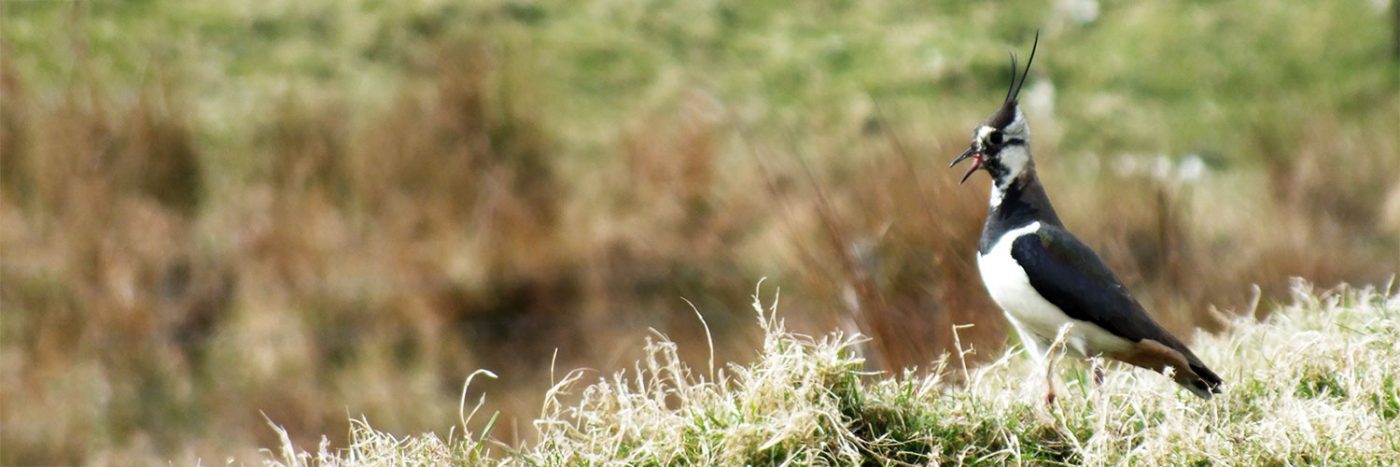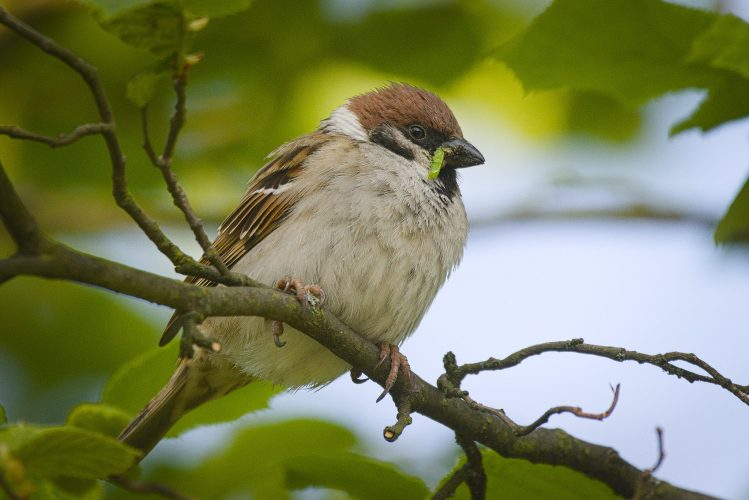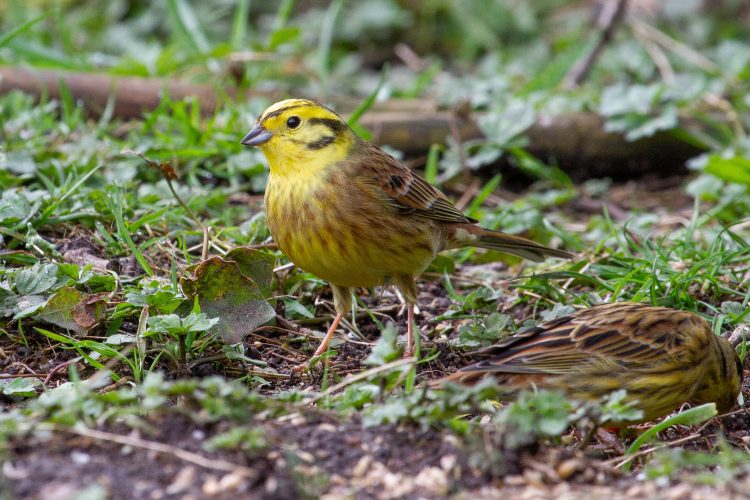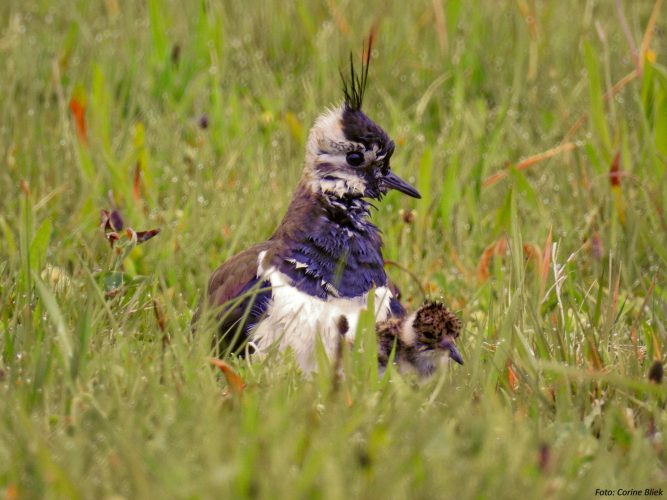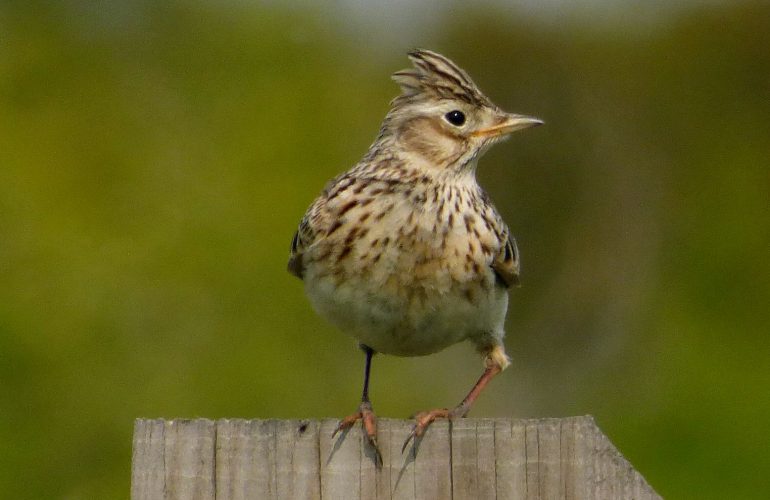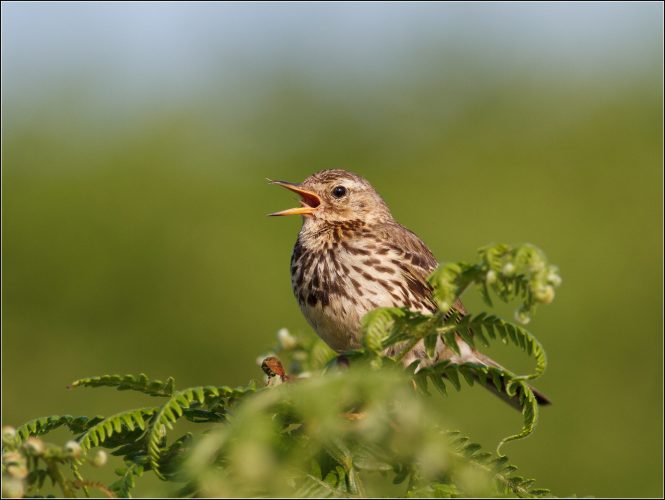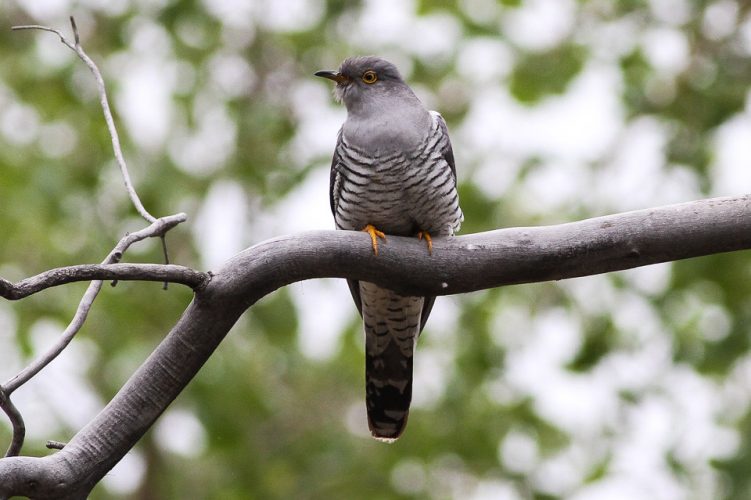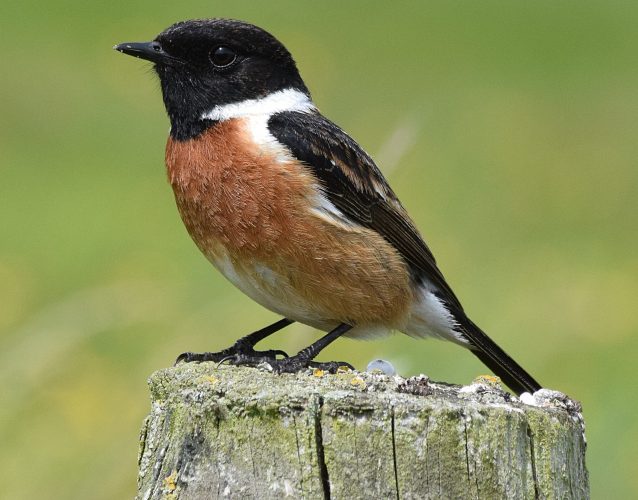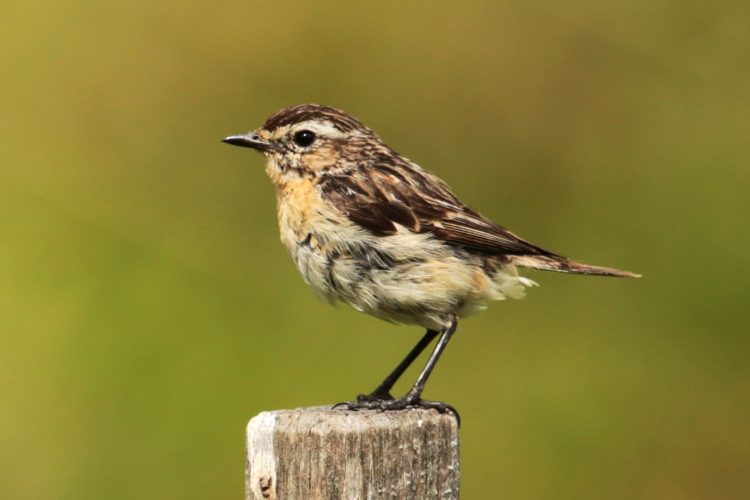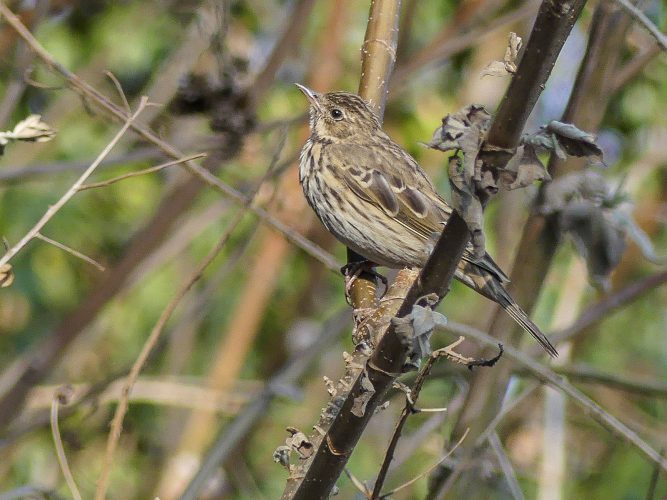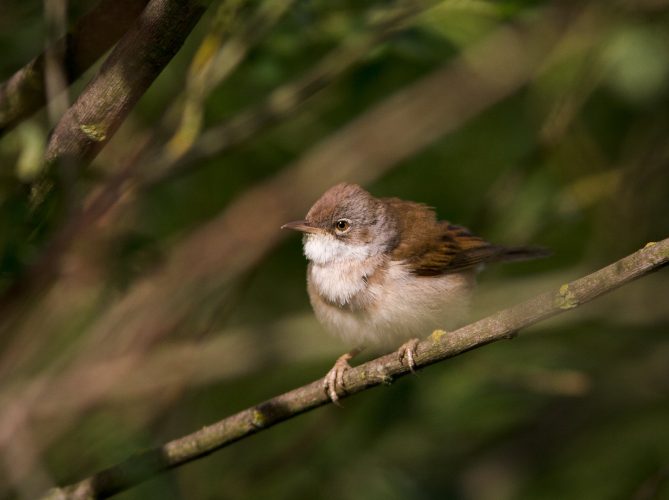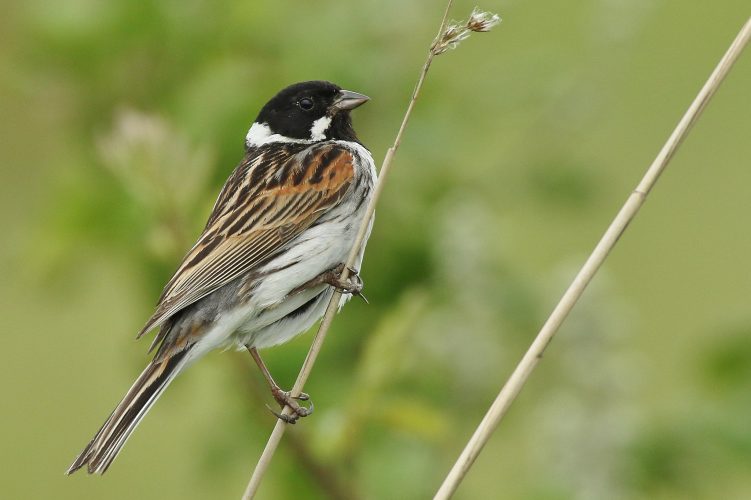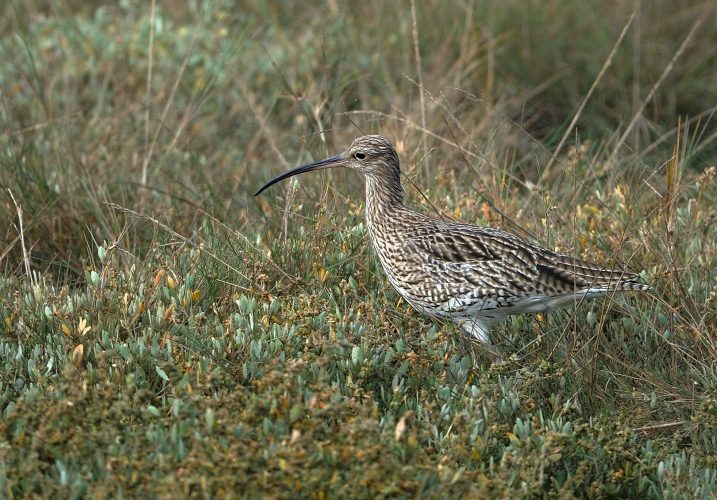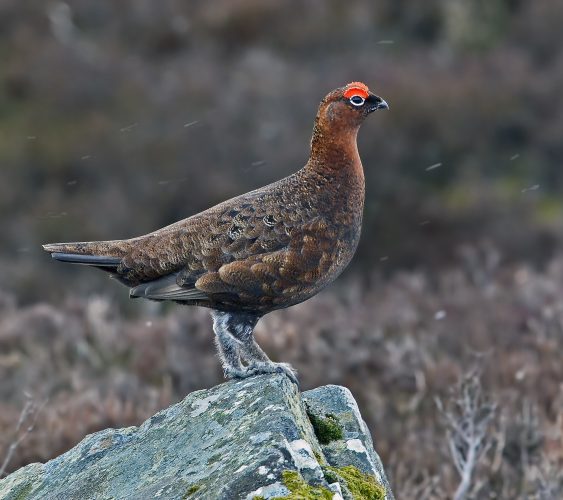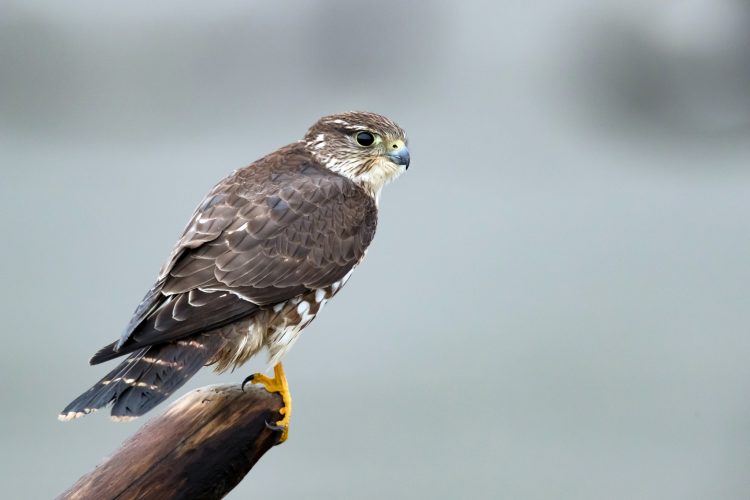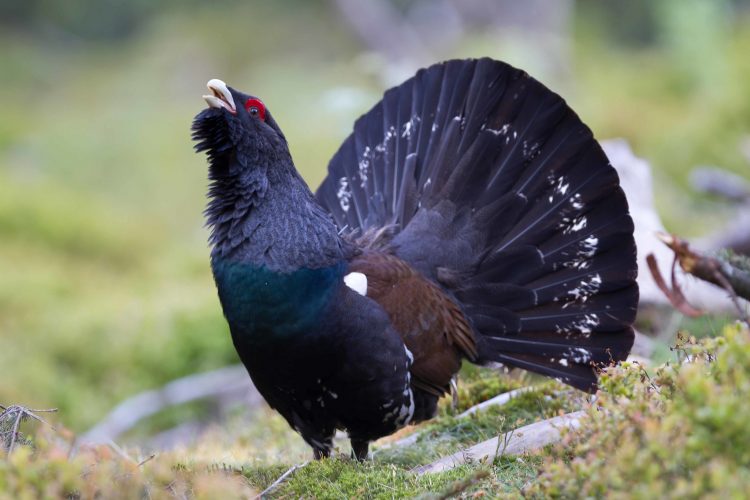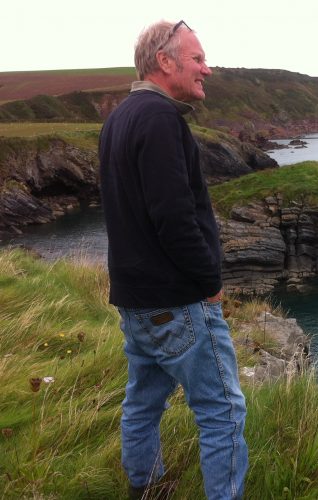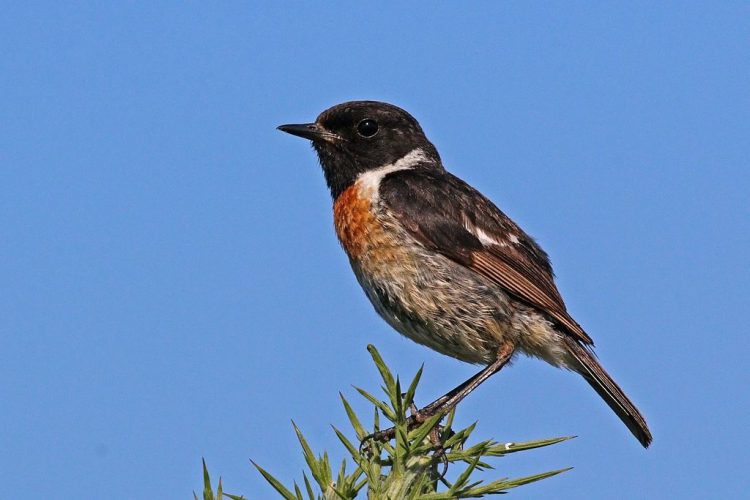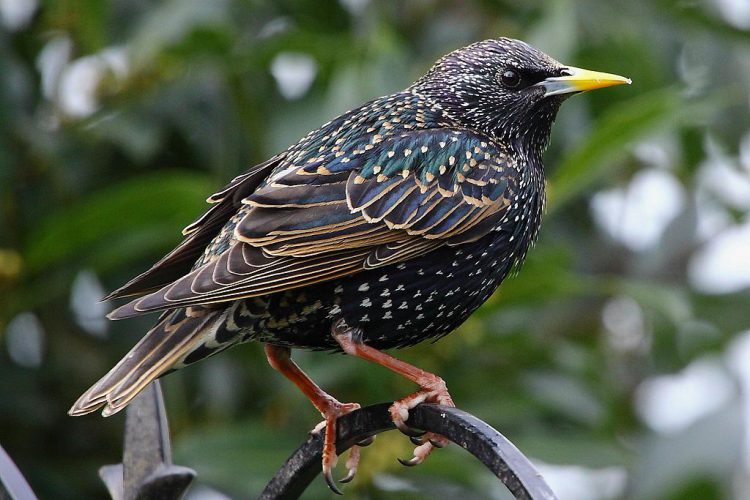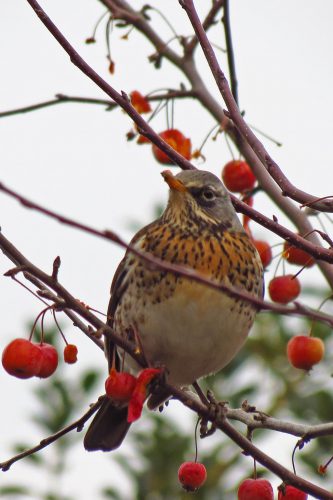I have recently completed the task of entering all my data from 18 ‘constant search’ type surveys on four moorland sites in Radnorshire. This has been a painstaking task, not least because it required me to catch up with modern technology! I have well over 3,000 individual bird observations related to indications of breeding activity and other habitat use relating to the survival of birds in our modern countryside.
The bad news is that many species are in decline here in Radnorshire, just as they are throughout Britain, as indicated in the latest ‘State of Nature’ report.
But let me try and draw a few positives from my data.
Firstly, we do have an increasingly clear understanding of what the solutions to the problem are. In fact, you could say it in a word: ‘mixed farming’! Okay, that’s two words. But it’s still a remarkably simple start. What has been lost in recent decades is habitat diversity in our countryside. For example, where are the stubble fields in Radnorshire? No stubble fields for birds to survive the winter on, and is it surprising that Yellowhammers and Tree Sparrows are hard to find these days?
So before you object that it’s not that simple, let me assure you it is. The farm near Knighton I first worked on in the early 1970s still grows their own oats in fields full of weeds… and they have a thriving population of both these species. Just as a result of good habitat diversity on one farm in the middle of all the rest!
The same point could be made about keeping some undrained rushy fields and patches of wetland. Another farmer I know who farms not a million miles from Painscastle does mixed farming and has kept some undrained wetlands… and he has breeding Lapwing which no one else does!
My point is that by looking carefully at the data, we can come up with good advice to politicians seeking to reverse the decline in wildlife. And fortunately there are such, in Welsh Government, running the Sustainable Management Schemes of which the PMP is part.
Here’s a second chink of good news. Some of the species that are in general decline are still thriving on our moorlands. A good example is the humble Skylark. A friend remarked to me recently that it was ages since she’d heard one. I was able to reassure her that they are doing pretty well up on the moors of Radnorshire. So is the Meadow Pipit. So is the Cuckoo. Of course, it’s worrying that this is a last refuge for such species, but it is a consolation and a clue.
With other species – such as Stonechat, Whinchat, Tree Pipit, Whitethroat and Reed Bunting – the data points us to how habitat can be best managed on the moorlands to optimise their numbers. In this case, the answer seems to be to have a good mixture of gorsy, scrubby heath (which we call ‘ffridd’) in amongst the well-grazed or regularly-cut areas of grassland and heather.
In the case of ground-nesting birds – such as Curlew, Red Grouse, Merlin – keeping populations of omnivorous predators such as Crows and Foxes in balance with other species must also be taken into account as a factor. I understand from the Royal Society for the Protection of Birds (RSPB) that the same applies if the Capercaillie is to survive in Scotland.
In short, I’m hoping the experience of the Powys Moorland Partnership has provided us all – as members of the public, walkers, conservationists, farmers, moorkeepers or politicians – with some clearer understanding of the way forward. What I’m trying to say is that I don’t believe the solutions are all that far out of our reach.
Bird news by Nick Myhill
Autumn and winter can be as important as spring and summer for birds. In fact, it could be argued that the British Isles is of particular importance for over-wintering and passage birds, being on the mild end of the continent. This is particularly noticeable if you travel to one of the big estuarine areas such as Morecambe Bay or The Wash, where it’s possible to see vast numbers of wading birds which breed further north. Even inland, the British Isles is a favourite place for thrush species such as Redwing and Fieldfare.
Starlings are another species for which we provide significant winter habitat, which is why I was surprised to see the Minister overturn the Inspector’s report on the Llandegly windfarm. Not that I’m against windfarms, but I had thought the planning process was to choose between suitable and non-suitable sites, and this is (or now was) one of the three biggest starling roosts in Wales. It’s chipping away at such parts of our countryside that leaves us poorer in birds. Plenty of wintering starlings can be seen on our moors and pastures.
On our moorlands, we often get groups of one of the prettiest of birds, the golden plover. These may be described as an essentially tundra-adapted species, so they find exactly what they’re looking for on areas of moorland where the bracken is cut in autumn, leaving a short tundra-like mossy habitat! Fortunately, we have several such areas on our moors in the scheme. So here’s an example of habitat management by graziers and moor-keepers which actively benefits a particular bird species in its requirements. Not all man-managed habitats are bad for birds, by any means.
Golden Plover rate high in my list of favourite birds, as I think they must do for anyone who’s seen them. They’re often encountered in largish flocks, and when these are on the wing they appear to change suddenly from light to dark as they turn in synchronised flight to reveal their undersides or backs. They also have a distinctive light plaintive call, and can be surprisingly tame. This autumn I counted 185 in a flock resting on the ground only fifty yards or so away from where we were working to create some shallow ‘scrapes’ for upland waders.
These scrapes provide young waders with surface insects, before they are old enough to hunt by probing in the ground. Conservation is sometimes a question of catering for not just different species, but birds of the same species at different stages of their life-cycle.
Another trick of Golden Plover is to disappear when they land, for example, in a field of swedes being grown for sheep. This time their whiteness in flight disappears suddenly, and their golden and brown backs leaves them remarkably camouflaged, leaving you rubbing your eyes wondering if you’ve just had a visual hallucination! So Golden Plover need tundra-like resting grounds plus pasture or arable farmland to feed in winter, and we are fortunate to have those habitats still together in Radnorshire.
Now’s the time already when some waders such as curlew begin to return tentatively from the coast in mild weather, though not many do till February. They soon nip back downhill if the weather turns too cold, but I have received a report from one farmer of a curlew on the edge of a moor in Breconshire. Maybe just prospecting? Or maybe a passage bird. Who can say?
Conversely, some birds will stay up all winter if things don’t turn too cold. An example is stonechats, again an exceptionally attractive bird, often seen in patches of gorse. I saw a small group in December in a few gorse bushes beside some farmland near one of the moors. Stonechats are partial migrants; some do, some don’t. In early autumn, it’s quite common to see a male with a group of juveniles. This probably happens when he has taken charge of a first hatch while his mate has remained in their breeding ground looking after a second brood.
Keep in touch, get involved.
We will be putting on various events over the next 12 months. If you would like to get involved, have some ideas please contact Catherine on urmyc.sdnalroomsywop@tcatnoc
